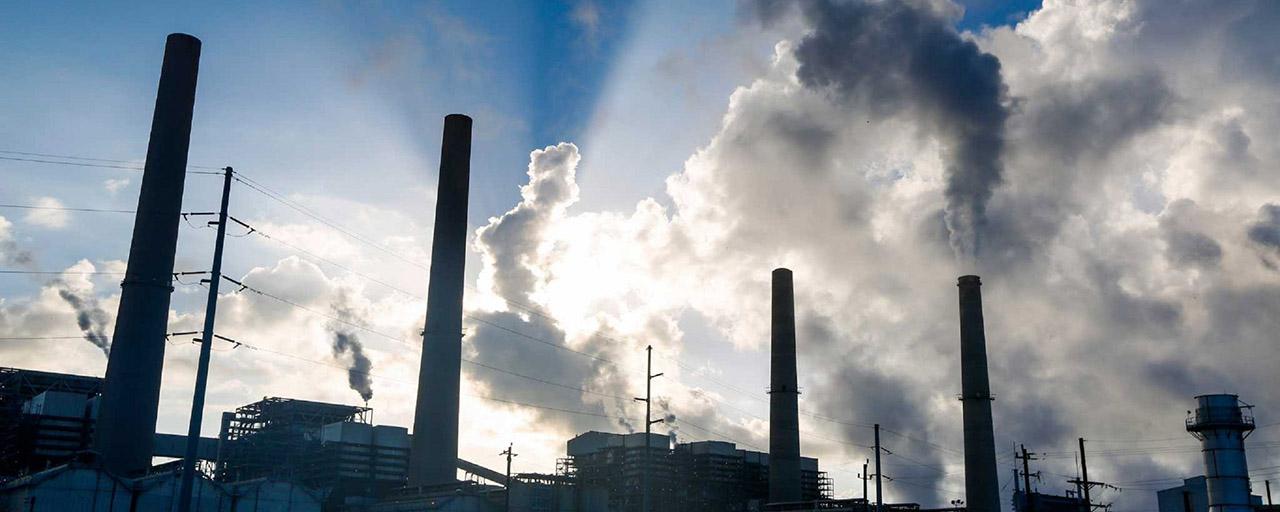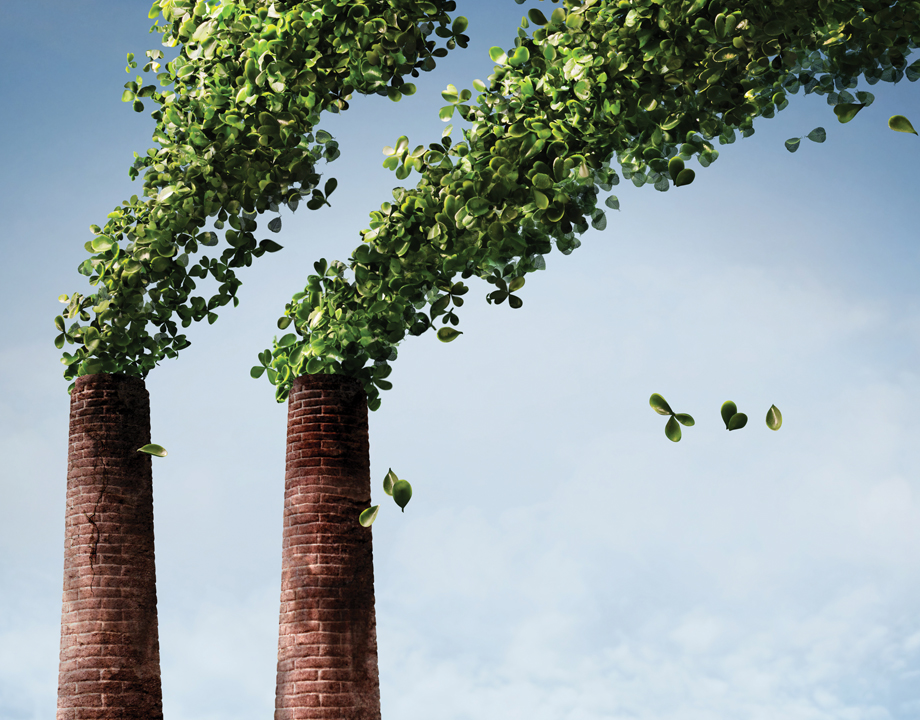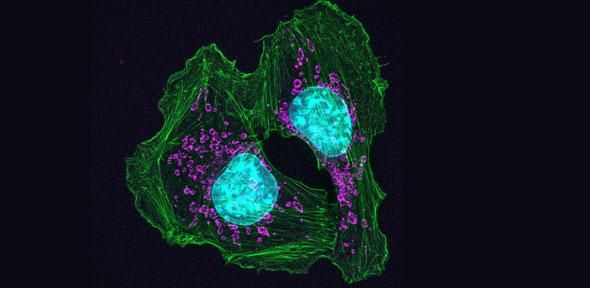
Researchers at Tokyo Institute of Technology have designed a CO2 reduction method based only on commonly occurring elements. Achieving a 57% overall quantum yield of CO2 reduction products, it is the highest performing system of its kind reported to date, raising prospects for cost-effective carbon capture solutions.
As global warming presents one of the biggest challenges to humanity in the 21st century, the quest to curb mounting CO2 emissions is more pressing than ever.
In a study published in the Journal of the American Chemical Society, Osamu Ishitani and colleagues at Tokyo Institute of Technology (Tokyo Tech) and Japan’s National Institute of Advanced Industrial Science and Technology report a photocatalytic system that brings scientists closer to achieving artificial photosynthesis — the goal of creating a sustainable system similar to the way that plants convert CO2 to useful energy by using earth abundant metals.
Although metal-complex photocatalytic systems have been reported for CO2 reduction, many of them used noble- and/or rare-metal complexes. Compared to these approaches that utilize rare metals (such as ruthenium and rhenium), the use of earth abundant metals is “greener” and inexpensive, and has thus attracted much interest.
Their new process is made up of two components: 1) a copper complex (CuPS) that behaves as a redox photosensitizer and 2) a manganese-based catalyst, Mn(4OMe).
CuPS proved to be a stable and efficient redox photosensitizer, as decomposition was only 2% after 12 hours of irradiation. In addition, CuPS exhibited a much stronger reduction capability compared to other photosensitizers investigated to date.
The team reported that the total quantum yield of CO2 reduction products was 57%, the turnover number based on the manganese catalyst was over 1300 and the selectivity of CO2 reduction was 95%.
In particular, the figure of 57% is remarkable, as the researchers comment: “To the best of our knowledge, this is the highest quantum yield for CO2 reduction using abundant elements and the yield would be comparable to that obtained with rare metals.”
The study highlights the way that incremental advances in chemistry may have a large impact on the wider goal of working towards a fossil-fuel-free future
Learn more: Great strides for carbon capture using earth-abundant elements as photocatalytic system
The Latest on: Carbon capture
[google_news title=”” keyword=”carbon capture” num_posts=”10″ blurb_length=”0″ show_thumb=”left”]
via Google News
The Latest on: Carbon capture
- Sen. Hoeven announces more money for carbon capture at coal gasification planton May 3, 2024 at 4:20 pm
Senator John Hoeven made a stop in Grand Forks on Friday to announce over $5 million to fund a plan to keep an eye on the coal plant near Beulah.
- Financial risks of novel technology likely derailed Alberta carbon capture project, analysts sayon May 3, 2024 at 7:55 am
A corporate decision to mothball Canada's largest carbon capture and storage plan is likely the result of financial uncertainty and technological risks, analysts suggest. Capital Power's decision not ...
- Moniz-led group urges US to boost gas, carbon captureon May 3, 2024 at 3:54 am
The U.S. should look to bolster international carbon capture projects and help spur the use of natural gas to ensure the world has sufficient energy supplies, according to a new report. The EFI ...
- Citing costs, Capital Power cancels $2.4 billion carbon capture projecton May 2, 2024 at 6:38 pm
The company ultimately concluded that the project was not economically feasible, even with government subsidies.
- Capital Power's carbon capture plan beset by financial and tech risks: analystson May 2, 2024 at 5:00 pm
EDMONTON — A corporate decision to mothball Canada’s largest carbon capture and storage plan is likely the result of financial uncertainty and technological risks, analysts suggest. We apologize, but ...
- Researchers create massive open dataset to advance AI solutions for carbon captureon May 2, 2024 at 5:50 am
To avoid catastrophic climate impacts, excessive carbon emissions must be addressed. At this point, cutting emissions isn't enough. Direct air capture, a technology that pulls carbon dioxide out of ...
- As Louisiana embraces carbon capture, state lawmakers seek to regulate industryon May 1, 2024 at 2:01 am
As the state embraces the technology, the Legislature considers bills that would protect impacted landowners and require operators to have emergency response plans.
- French industry minister sets eyes on carbon capture techon April 26, 2024 at 7:20 am
The French industry minister Roland Lescure on Friday launched a call for interest for carbon capture at various sites to help carbon-intense industries abate emissions.
- Team develops new testing system for carbon capture in fight against global warmingon April 25, 2024 at 11:32 pm
More than 100 facilities designed to remove carbon dioxide (CO2) from the atmosphere are in various stages of development around the world. In the United States, the first direct air capture (DAC) ...
- Battling climate change, Japan looks to seagrass for carbon captureon April 25, 2024 at 9:58 pm
On a recent Saturday, some 100 volunteers gathered on a popular beach in the Japanese port city of Yokohama, wading in the shallows to plant strands of light-green eelgrass on the seabed.
via Bing News











